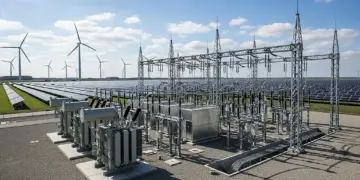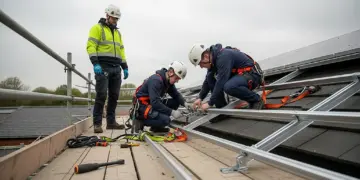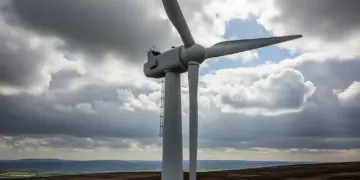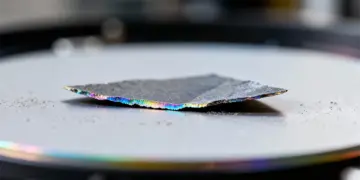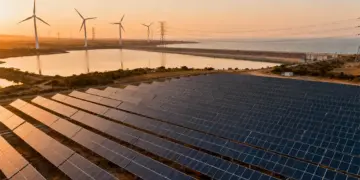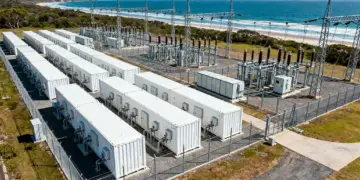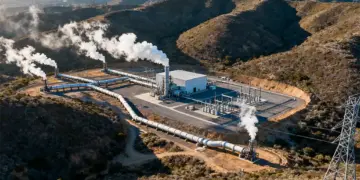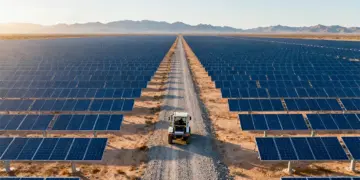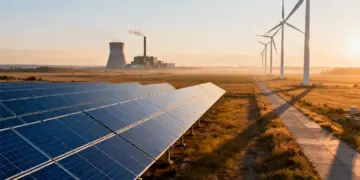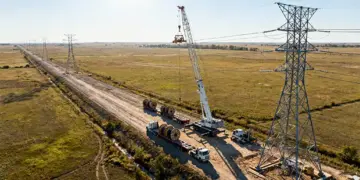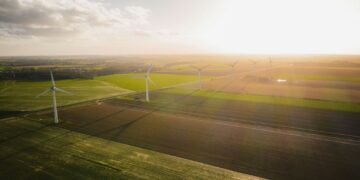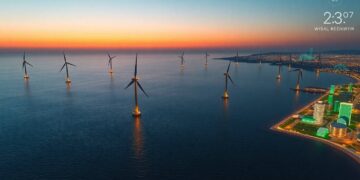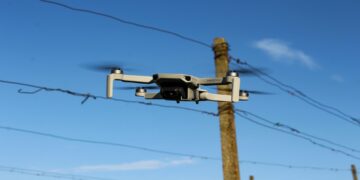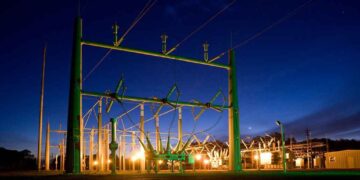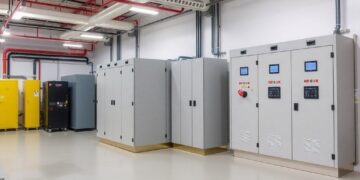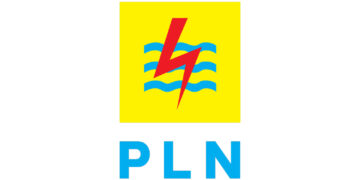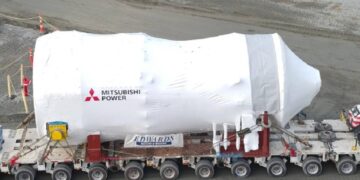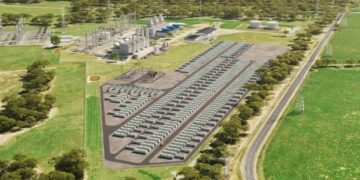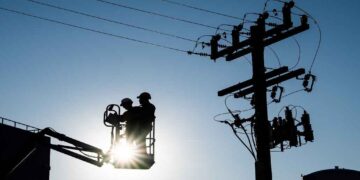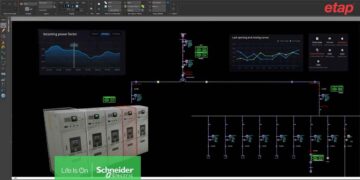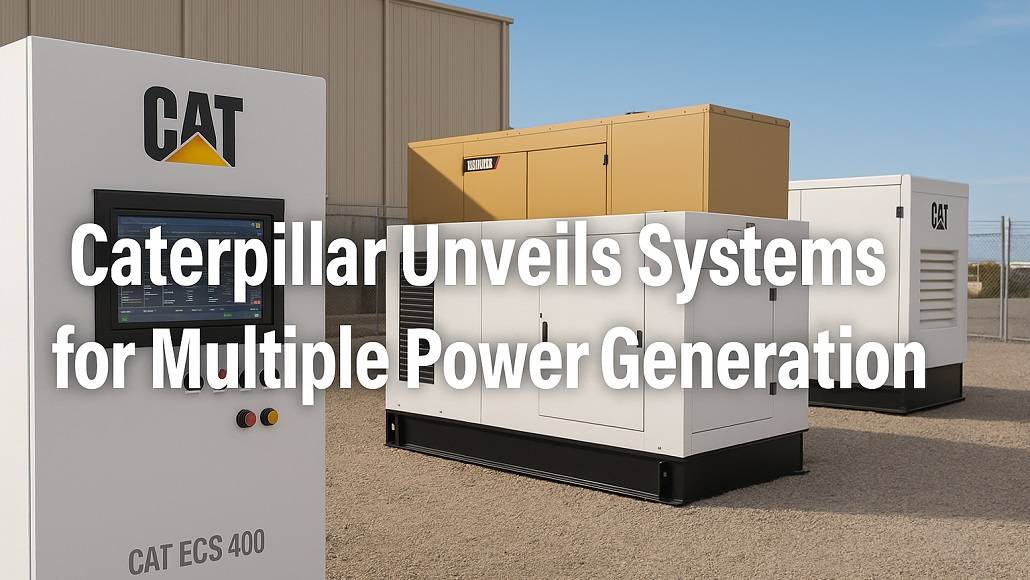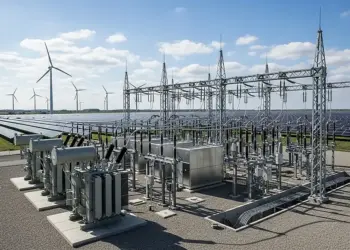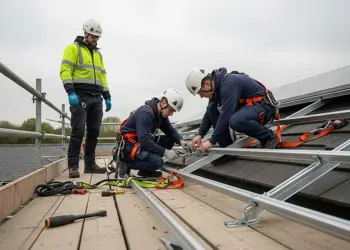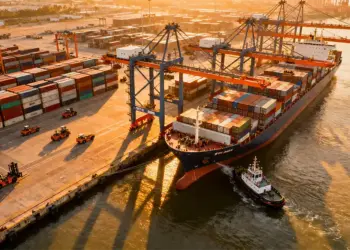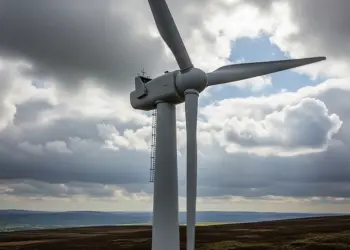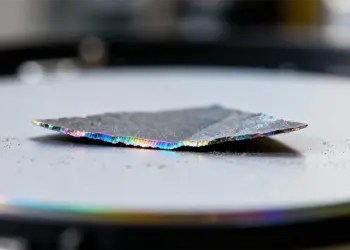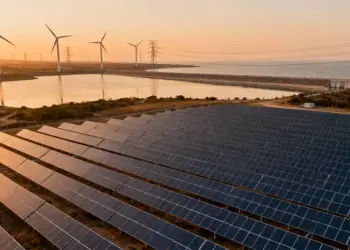Caterpillar, which happens to be an industrial goods and machinery company, has gone on to announce the launch of two advanced energy control systems – ECS, which are going to seamlessly integrate with sites by way of using singular or multiple power generation assets like generator sets, renewable energy sources, and battery energy storage.
The systems – Cat ECS 400 as well as Cat ECS 300—have been designed in order to deliver dependable power and also elevate energy efficiency, as per the statement from the US-based company, and enable the customers in order to optimize the energy management as well as achieve energy cost savings.
Valuable market
It is well to be noted that an ECS happens to be a usually fully automated system, which goes on to manage as well as optimize the energy usage within a building, local area, or facility. It tracks as well as controls the consumption of energy equipment, such as heating, air conditioning, ventilation, and lighting, as well as other systems in order to decrease energy consumption and also enhance the complete efficiency.
It is worth noting that the ECS technologies have gone on to gain a lot of traction in recent years because of their potential role when it comes to the growth of microgrids.
According to Global Data’s 2024 research, by way of generating electricity which is closer to end users, energy losses which are associated with long-distance transmission can get reduced. Moreover, the distributed generation can go on to contribute to grid stability all through the peak demand periods by way of offering supplementary power where it is most required.
The research, which is titled Distributed Power Generation, also went on to reveal that the global microgrid market went on to register a market value of almost US$29 billion in 2022 and is anticipated to reach somewhere around US$61 billion by 2027.
The report further added that the demand when it comes to the microgrid market is expected to rise significantly in the years to come because of the rising demand for dependable as well as sustainable energy, the ever-growing need for energy security, and, of course, the greater adoption of renewable energy sources.
What is Cat ECS 300 and Cat ECS 400?
It is worth noting that Cat ECS 300 goes on to feature mains/utility paralleling, thereby enabling the customers to track and also control almost 4 power generation assets simultaneously with or without the utility.
This goes on to mean that the customers can make use of their own on-site power generation assets in a more effective way, like during the time of high energy consumption hours as per Caterpillar, thereby delivering energy savings.
The ECS 300 also goes on to offer a close transition along with a soft load/unload or an open transition with mains/utility operation in case of an emergency standby, thereby providing a dependable backup power in a grid failure scenario.
The Cat ECS 400 happens to be engineered for advanced microgrid solutions with the capacity to track as well as control almost 32 power generation assets. The senior vice president of Caterpillar’s electric power division, Melissa Busen, says that as the energy spectrum goes on to evolve and the energy requires becoming more complex, customers are indeed developing plans in order to secure power for the long term as well as the future.
As per the caterpillar statement, the system not just helps customers to expand their present sites by way of managing multiple power generation assets, but it also helps to maximize the usage of renewable energy sources, leading to decreased fuel consumption and also overall lower energy costs.
Apparently, the new controller would join two existing Cat ECS systems, both the Cat ECS 100 and the Cat ECS 200, in the market. The Cat ECS 100 goes on to deliver a control system for new standby, prime power generation sets, and rapid response.


